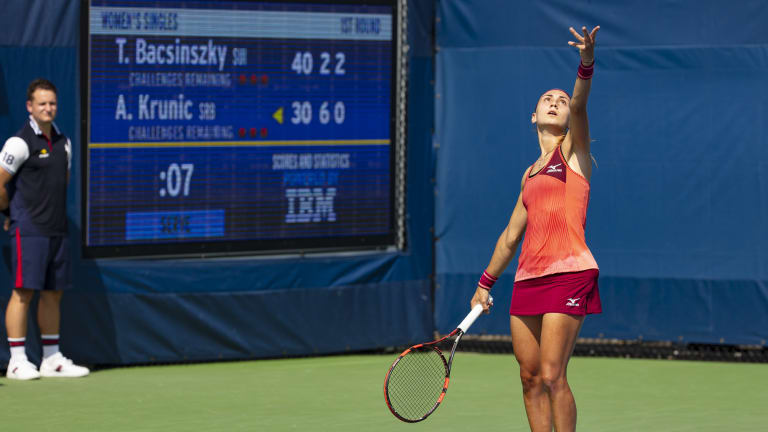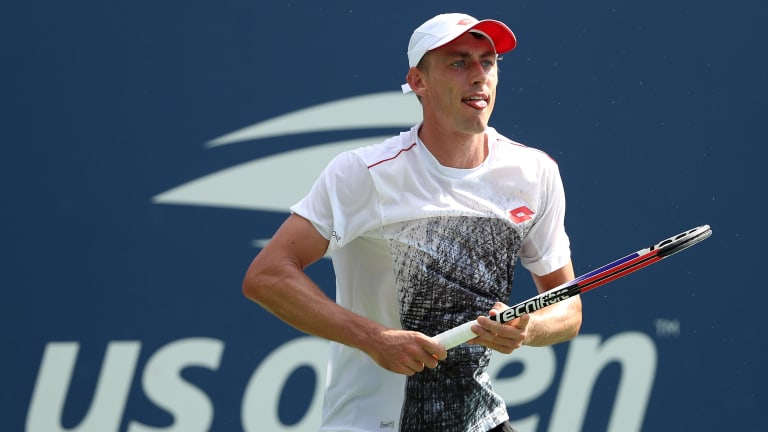WATCH—Court Report from Day 1 at the US Open:
An early look at the pros and cons of tennis' new serve clock
By Aug 29, 2018ATP Munich, Germany
Ben Shelton and Francisco Cerundolo join Alexander Zverev in Munich semifinals
By Apr 18, 2025Social
Carlos Alcaraz offers support to Sara Sorribes Tormo after she announces break from tennis
By Apr 18, 2025ATP Munich, Germany
Alexander Zverev needed a win like his 'close one' against Tallon Griekspoor in Munich
By Apr 18, 2025ATP Barcelona, Spain
Holger Rune ousts Casper Ruud in Barcelona, thanks social media for making H2H a 'big deal'
By Apr 18, 2025ATP Barcelona, Spain
Play suspended in Barcelona when the wrong racquet gets taken for stringing
By Apr 17, 2025Pop Culture
Serena Williams named to Time's 100 most influential people ... and Coco Gauff approves!
By Apr 17, 2025WTA Stuttgart, Germany
Jelena Ostapenko tops Emma Navarro for Iga Swiatek Stuttgart clash; Coco Gauff, Jessica Pegula roll
By Apr 17, 2025ATP Munich, Germany
Who is Diego Dedura-Palomero? Meet Germany’s latest teenage star
By Apr 17, 2025Roland Garros
Rafael Nadal to be honored with 'exceptional' tribute on opening day of Roland Garros
By Apr 17, 2025An early look at the pros and cons of tennis' new serve clock
Published Aug 29, 2018
Advertising
Advertising

An early look at the pros and cons of tennis' new serve clock
Advertising

An early look at the pros and cons of tennis' new serve clock
© 2018 Getty Images
Advertising

An early look at the pros and cons of tennis' new serve clock